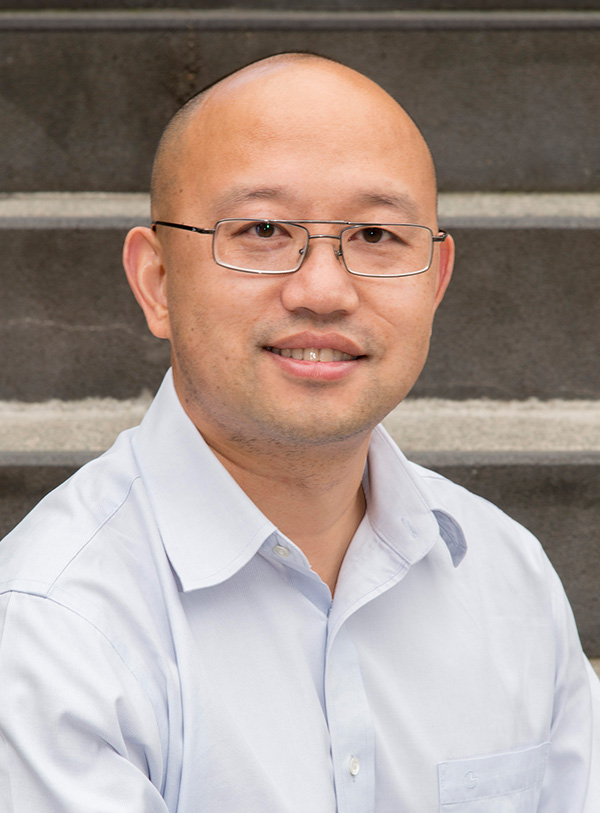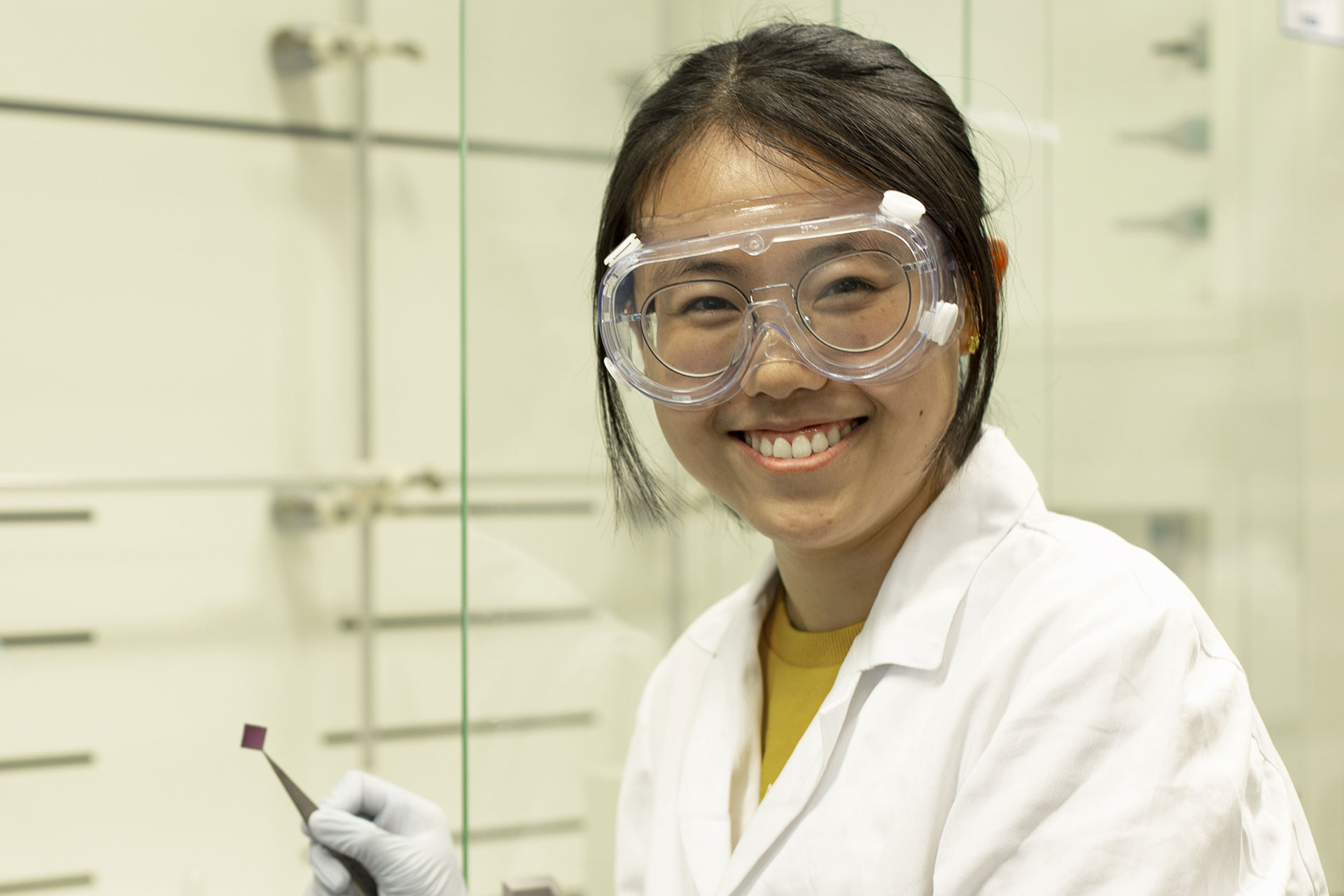Enabling technology B
Nanodevice Fabrication

A/Prof Lan Wang
Leader, Enabling technology B,
RMIT University
FLEET is a great platform from which to establish collaborations with local and international researchers, allowing us to share ideas and work together.
Expertise: Low-temperature and high-magnetic field electron and spin transport; topological insulators; magnetic materials; spintronic and magneto-electronic devices; device fabrication; growth of single crystals, thin films and nanostructures
Research outputs (Lan Wang):
100+ papers
3200+ citations
h-index 32 (Scopus)
Read our Case Study
FLEET’s research sits at the very boundary of what is possible in condensed matter physics. Thus, nanoscale fabrication of functioning devices will be key to the Centre’s ultimate success.
Specialised techniques are needed to integrate novel atomically-thin, two-dimensional (2D) materials into high-quality, high-performance nanodevices.
For example, successful development of functional topological transistors will require atomically-thin topological insulators to be integrated with electrical gates. And exciton-polariton condensate devices will require atomically-thin semiconductors to be integrated with optical cavities.
Nanodevice fabrication and characterisation links many of FLEET’s groups and nodes. Some groups bring expertise in device fabrication, while other groups are stronger in device characterisation.
FLEET brings Australian strength in microfabrication and nanofabrication together with world-leading expertise in van der Waals (vdW) hetero-structure fabrication to build the capacity for advanced atomically-thin device fabrication.

- Demonstrate electrically-tuned magnetic proximity effect in vdW hetero-structures
- Realise the quantum anomalous Hall effect in a ferromagnetic topological insulator
- Investigate spin transport in a topological material-based vdW hetero-structure
- Demonstrate electrical control of magnetism in 2D ferromagnets.
- Showed electrically-tuned interlayer coupling in vdW materials via a protonic gate, with potential application in various vdW hetero-structure devices (see case study)
- Demonstrated using gallium liquid-metal catalytic breakdown to form carbon–carbon bonds (the base of graphitic sheets) from organic fuels at room temperature
- Initiated a liquid-metals spin-off company with FLEET investigators Prof Kourosh Kalantar-zadeh and Dr Torben Daeneke
- Demonstrated theoretically that the topological quantum field-effect transistor (TQFET) can switch at lower voltage than a conventional transistor, overcoming “Boltzmann’s tyranny”, and developed design rules for 2D topological materials to be used in a TQFET; patent application submitted
- Established new fabrication technique for ultra-low-disorder artificial graphene in conventional semiconductor crystals
- Demonstrated robust negative differential resistance at room temperature in ultra-thin oxide ferroelectric superlattices
Did you know...
Information and communication technology (ICT) now contributes as much to globalwarming as the aviation industry.
